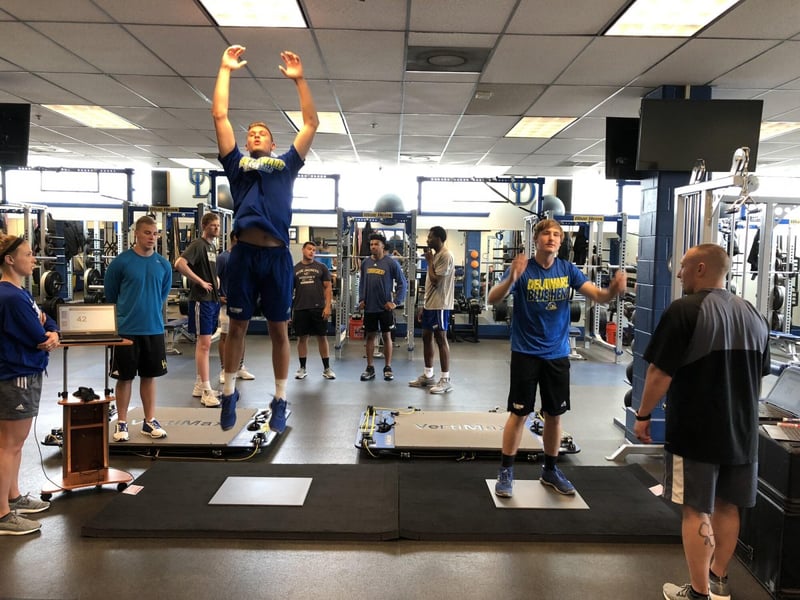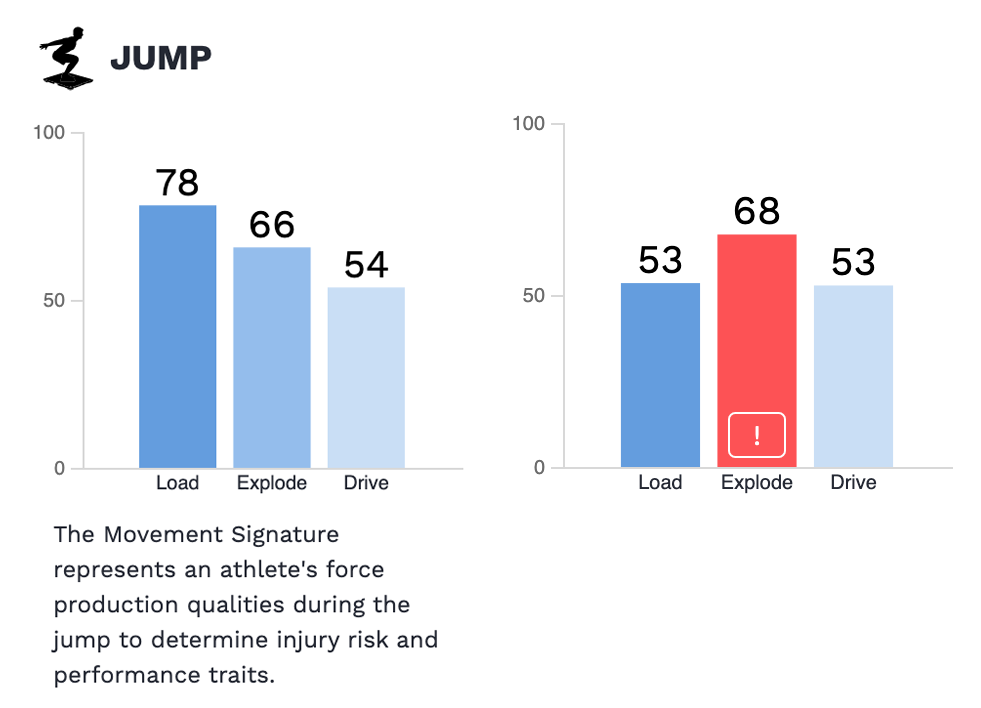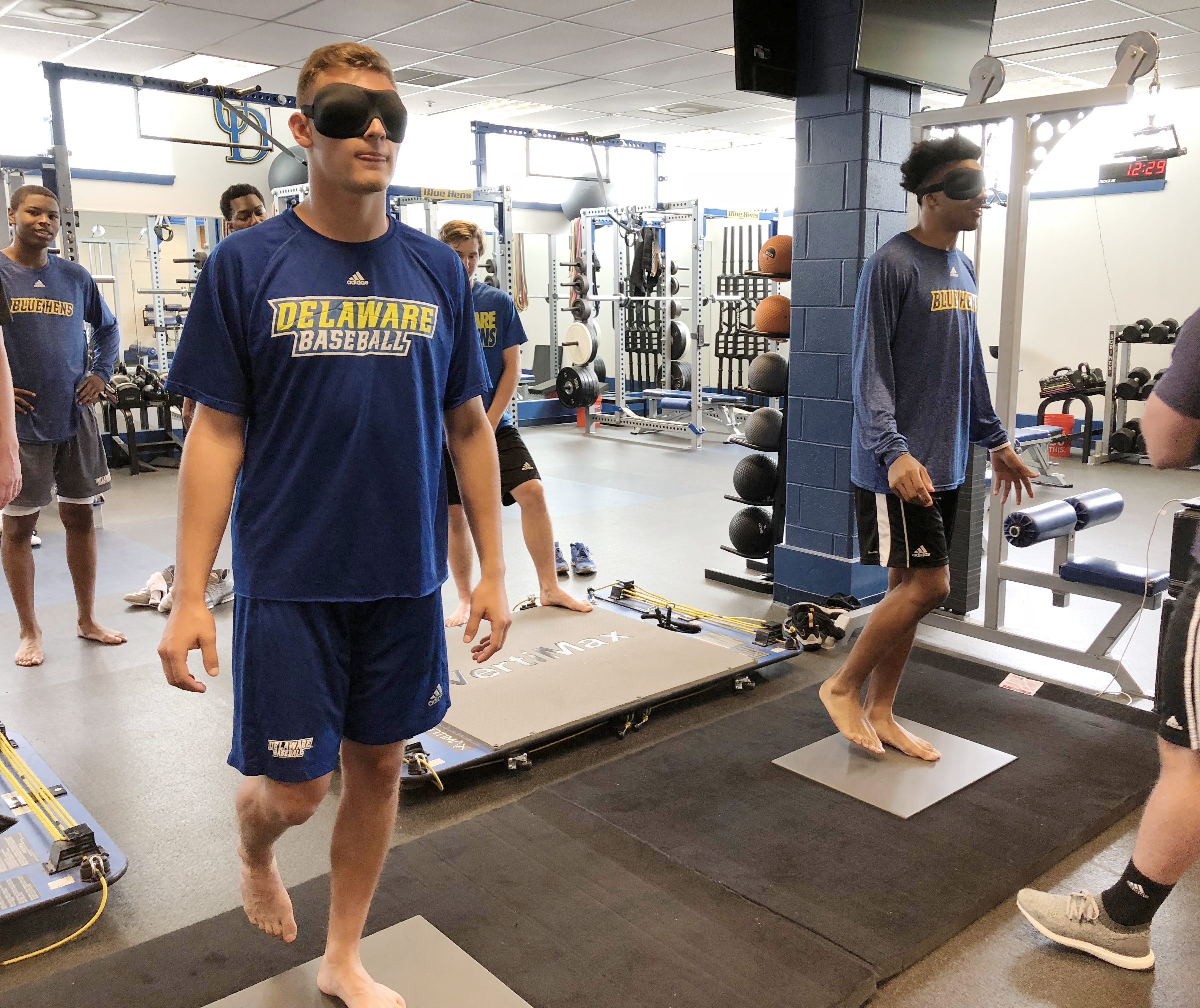
Over the last couple of decades, it has become common practice in athletics, in particular, to conduct movement screens. Typically, the subjective screen or assessment occurs once or maybe twice a year to ensure each individual has had a “thorough inspection” in order to identify limiting factors in general movement competency. What we fail to understand is that our physiology changes so frequently that a screen done last month, or even last week, is often a dated picture for how we move today.
A physical assessment forms the foundation for all technical skills and tactical execution. Physical preparation, readiness, and resilience are key components of health and performance for all individuals and when it comes to assessing physical capacity force production is fundamental. The basis of all movement starts with our interaction with the ground, and because we all live on the Earth, we are all bound by the forces of gravity. That being said, our impact with the ground is altered frequently by what we do on a daily basis. We should be looking at this on a deeper level.
When you think about it, everyone in the physical performance realm tends to dislike a testing day that takes away from developing athletic qualities. Why is that? It’s most likely because we don’t believe that a test or assessment really means much. If we truly believed that the results of the assessment would hold enough weight to drive our training, or even change our training we may do it more frequently. Think about that for a second.
Whether it’s aging, stress, injury, or the simple battles of everyday life our physiology changes daily. In order to directly target specific needs in movement capacity, we need to understand how the body is sequencing so that the proper stimulus can be applied. On top of the correct application, we need to know how big of dose we need in order to produce the desired adaptation. Properly managing stress placed on an organism is best done when we know that organism – and hence why we need to take a deeper look more frequently.
An act as simple as tweaking an ankle or knee can change movement strategy up the entire chain, which dictates several compensatory patterns to be built and patterned, seemingly overnight. Minor injuries that we all face can have a big impact on how we do simple tasks. Over time these acute modifications can lead to much bigger issues that can put us at risk for things we never imagined. Still think that subjective assessment done six months ago holds weight?

Above, you’ll see two different scans from the same individual a couple of months apart. At first, the individual showed a healthy descending movement signature which is indicative of the ability to create adequate force quickly. After a small contact injury to the knee, the same individual utilized a much different pattern movement strategy (right). To avoid pain, the individual now chooses to hinge instead of flex (to avoid knee pain) and utilizes the trunk over the anterior chain to produce most of the force. The top priority of sequencing is now altered and thus, a new plan should be implemented to improve movement and capacity. This is just an example of how an injury changes movement patterns, but what about sleep, hormones, weight fluctuation, or stress? Those all go into how the neuromuscular system works as a whole too.

In my recent past as a physical performance coach, I have had athletes make small trips in order to get a deeper look into how they are currently moving. I used to coach an athlete who would fly to a facility for a week at a time to get a dynamic movement assessment done to know exactly what he needed to work on. He would make this trip several times an offseason (on his own dime) to ensure he was maximizing his time training his body. This may seem like an extreme example, but if you understand how frequently the body changes it may be worth looking under the hood more frequently in order to get prescribed the correct medicine.
With the constant stress we throw on our bodies (both physical and emotional) it is only fair that our bodies adapt in order to survive and thrive. To believe this only happens a couple of times of year is foolish. If you are serious about your body and how it functions at a high level you must be looking at it (objectively) more often. Don’t spend your time chasing last year’s assessment.